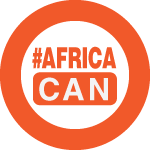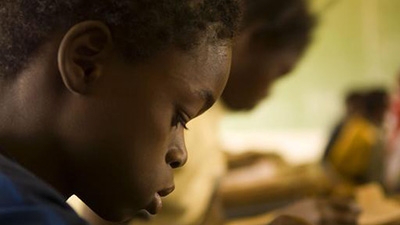Overview
Zimbabwe’s recovery from decades of economic contraction has faltered and again the economy faces serious challenges due to external shocks and policy. Growth has slowed sharply from an average 8% from 2009 to 2012, caused by significant shifts in trade and a series of major droughts. An ill-timed fiscal expansion in 2016 saw the deficit rise to 10% of Gross Domestic Product (GDP) and the banking sector suffer severe cash shortages. Extreme poverty, estimated to have fallen from 2009 to 2014, is projected to have risen substantially.
Nevertheless, Zimbabwe’s fundamentals for economic growth and poverty reduction remain strong provided the country can tackle its political fragilities and build consensus around inclusive and competitive investment policies. The economy is projected to grow by just over 2% in 2017 as it recovers from two years of
The political and economic crises that characterized the economy between 2000 and 2008 nearly halved its GDP, the sharpest contraction of its kind in a peacetime economy. This raised poverty rates to more than
After experiencing record hyperinflation in 2008, the country adopted in 2009 a multicurrency regime, or dollarization, that ushered in macroeconomic stability and positive economic growth. From 2009 to 2012, the economy rebounded, with growth rates averaging 8.7% per year. Inflation stabilized; revenues and bank deposits recovered sharply. The country also began making token payments on arrears and embarked on a series of
Social services recovered amid resurgent public and donor spending. Zimbabwe’s HDI ranking rose to 155 in 2015, and a Multi-Indicator Cluster Survey in 2014 revealed that in several key areas, Zimbabwe has regained its outcomes of the early 1990s. Underpinning this is a reduction in HIV prevalence to about 15% since 2014, down from more than 40% in 1998. Life expectancy recovered from 43.1 years in 2003 to 53.3 in 2012, compared with a high of 61.6 years in 1986. The maternal mortality rate declined from 960 deaths per 100,000 live births in
In 2015, Zimbabwe proposed a plan to clear arrears and resumed
Zimbabwe has enormous potential given its generous endowment of natural resources, existing stock of public infrastructure, and comparatively skilled human resources. Realizing this will require prompt action to correct fiscal policies, re-stabilize the monetary system, and resolve arrears to international lenders that would allow for a resumption of development financing. It will also require the renewal of capacity in the public
Last Updated: Apr 01, 2017






